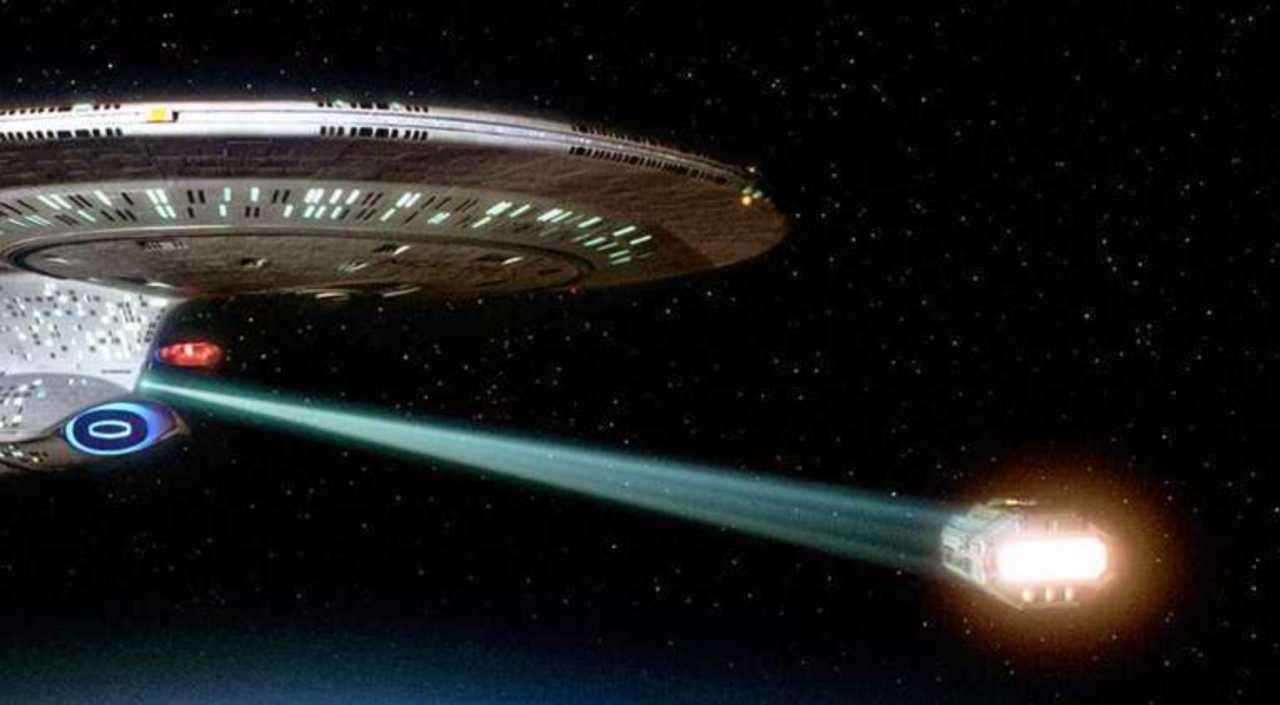NASA Working on Star Trek Tractor Beam

Science fiction is becoming reality. In 1931, science fiction author E.E. Smith coined the term “tractor beam” and the concept continued to be used on Star Trek.
Physicists at New York University and NASA’s Goddard Space Center are turning fiction into reality. They are developing tractor beams that will eventually use a beam of energy/light to move objects in space.
The researchers , who developed “holographic tweezers” in 1997 to move small objects, have taken the process further by being able to also push, pull and move small objects. They are using the optical tweezers to push objects with two or more light beams. Pulling is more of a challenge, but the team has developed an “optical conveyor” that could both push and pull.
Dr. David Grier, physicist at New York University, says,
It is like science fiction being made real. A lot of people will be familiar with the idea that a wave can push. It is possible to structure a wave so that it doesn’t just push, but it can grab onto an object, hold on to it, and even pull it.
When we were first making tractor beams in the lab at first all we could do was move really tiny things over very, very small distances – just over a millionth of a meter. We are not lifting a battle cruiser and hauling it across space – But then once you have got to cm and to metres, the next step is km. That is what we are working towards now.
In space exploration, this could be a very big deal.
The process involves creating a hologram with both dark and light areas that the particles can be drawn into the bright areas. The particles can be dragged along both forward and backward by altering the hologram as the bright regions moved.
In addition, researchers have developed “solenoid beams” that use a hologram beam in a spiral shape. This beam of energy can attract particles depending on how the light is tilted and can move particles along its length.
The goal is to move objects over miles in space, allowing for spacecraft to obtain samples from comets while in orbit.
The future is now.




